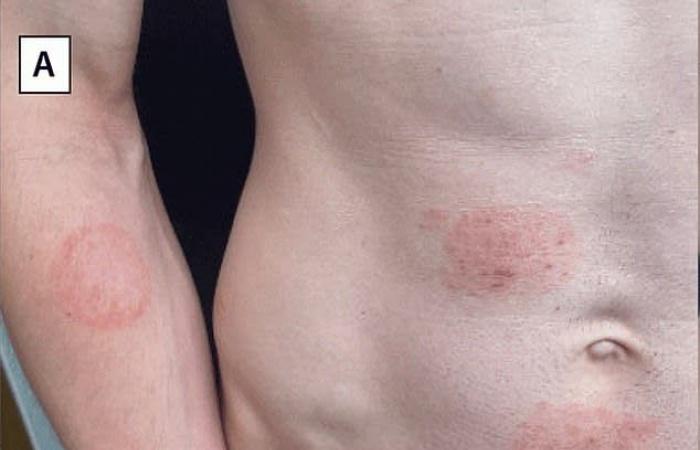A “genital super fungus” or “genital super fungus”. It is with this disturbing name that the Trichophyton mentagrophytes type VII (TMVII) has been designated for several months by health experts, who have identified cases in the United States, South-East Asia, France, Germany, Canada, Dubai… In France over the year 2023, a total of thirteen cases have been identified. But many certainly are not yet.
According to a report from the CDC (American Centers for Disease Control and Prevention) which looked at cases in New York, this is a potential threat to public health. Researchers have notified the New York State Department of Health and plan to partner with global mycology experts to expand research efforts on new fungal conditions and track emerging cases.
What is super fungus?
This rare form of ringworm causes painful rashes on the genitals, thighs, and buttocks. This sexually transmitted infection can “hide” in the body for several days before the first symptoms appear.
Although not fatal, TMVII can leave permanent scarring or pigmentation on infected areas of skin. US researchers have warned that the rashes of people infected with this type of ringworm may also present differently from the more common ringworm and could be mistaken for eczema, leaving patients without relief for months.
“It’s probably as transmissible as other skin fungi, but it’s very inflammatory, which means you get a much more serious rash and the usual treatments don’t work,” Dr David Dennung, an expert in skin disease, told the Daily Mail. infectious diseases at the University of Manchester.
Not easily detectable and very transmissible
Another problem is that laboratory tests to confirm cases of super fungus can take up to three weeks. For Doctor David Dennung, it is likely that there are undetected cases in the United Kingdom and elsewhere in the world.
“Today, if you have a rash on your chest or back, you might not worry about it for a week or two. (…) But you might have passed it on in the first two or three weeks to a partner or friend who you gave a big hug to, who you went swimming with. They would catch it in turn and it would start a cycle,” he explains.
ALSO READ >> “A threat to humanity”: in 10 years, deaths linked to fungal infections have doubled worldwide
Why is there no treatment?
If the fungus is transmissible and highly infectious, why can’t patients who have contracted the infection access treatment?
“Historically, fungal infections have been neglected, leaving us with few treatment options,” Dr Neil Stone of University College London Hospital told the Daily Mail. “We also need to increase research into the diagnosis and management of these emerging infections.”
In the cases identified in the United States, all patients were ultimately treated successfully but the delay was sometimes very long: in one case, it took up to eight weeks before the rash began to improve. .







